Pharma Industry News Update: 30 Jan 2018
99% of Surveyed Patients Think Social Networks Are Useful in Healthcare Delivery

“Potentially Useful” That Is!
[From catalyst.nejm.org] In our most recent NEJM Catalyst Insights Council Patient Engagement Survey, “Social Networks to Improve Patient Health,” 99% of respondents acknowledge that social networks are potentially useful in health care delivery, especially for chronic disease management (named by 85% of respondents) and promotion of healthy behaviors such as weight loss, physical activity, and healthy eating (78%).
The NEJM Catalyst Insights Council members surveyed – composed of health care executives, clinical leaders, and clinicians – see significant opportunity to improve health by either building or leveraging existing social networks.
The world of pharmaceutical marketing has never been more competitive, more exciting or more fraught with challenges. New categories of groundbreaking drugs, unprecedented competition and the growing demand for better patient solutions and outcomes are forcing pharma marketing to places it’s never been. Add to that a thriving but disparate global market along with renewed political, regulatory and reputational pressures, and you get just a glimpse into the demanding and difficult task facing pharma marketers and advertisers today.
It is into this arena that we debut the first FiercePharmaMarketing Forum. The editors and reporters of FiercePharma’s marketing team are gathering some of the most innovative and creative marketing minds in the industry – from marketers inside Big Pharma to outside ad agency veterans to technology experts – all looking to solve modern pharma and healthcare marketing challenges.
Case studies, talks, panel discussions and lively debates will reveal best industry practices and examine the ins and outs of pharma marketing’s current and unique position in both the advertising and healthcare industries. Learn how to be competitive, creative and convincing when it comes to communications with patients, healthcare professionals, payers and other stakeholders both inside and outside the pharma circle.
Featured Speakers:
- Elissa Johnsen, Head of Product and Pipeline Communications, TAKEDA
- Danielle Salowski, Industry Manager, Healthcare, FACEBOOK
- Laurence Smith, Global Marketing Executive Director, MERCK
- Stephanie Wenstrup, Head of Consumer Marketing, Cardiovascular and Diabetes, ASTRAZENECA
- Megan Danielson, Head of Healthcare, GOOGLE
- Shira Derasmo, Head of Communications and Marketing, HUMANA
Save 15% off the standard registration rate by using code C1029PMN when registering.
![]() Sponsored by ExL Pharma
Sponsored by ExL Pharma
“Dear FDA, Your Regulation of Pharma’s Use of Social Media is In Low Battery Mode”
Says EyeOnFDA
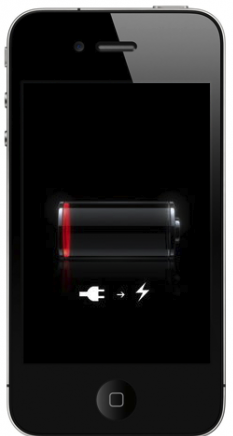
[From eyeonfda.com] FDA held a public meeting in April 2009 on the regulation of promotional speech on social media by medical product manufacturers and set the framework for the discussion (and the subsequent regulation) by asking five questions. Ostensibly guidance was to follow in short order, but in fact, many years passed before FDA issued guidance documents that only partially addressed the questions raised in that framework.
The most comprehensive of these guidance documents were about correcting misinformation by third parties on the Internet and operating in platforms where there is character space limitation. Left unanswered were many questions such as issues related to adverse event reporting, among others.
The sluggishness of the agency is in many ways understandable.
Further Reading:
Bad “Buzz” Beats Super Bowl EyeBalls
Pharma Opts Out
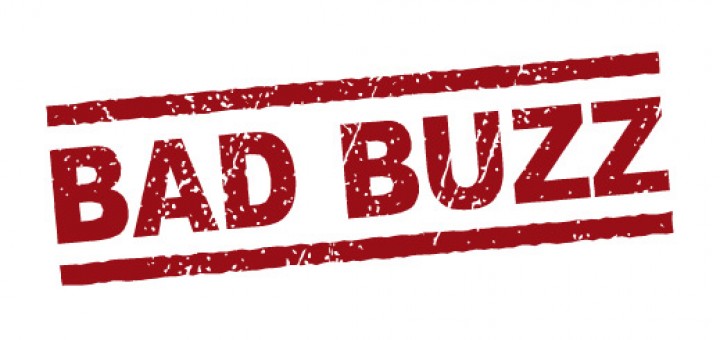
[From www.mmm-online.com] While big pharma does spend an astounding amount on advertising each year, with one media tracking firm estimating it exceeded $6 billion collectively in 2016, many marketers don’t see a Super Bowl ad as the best use of their money.
While a surprise appearance is a possibility, no healthcare companies have bought spots, according to lists of Super Bowl XLII ads from Advertising Age, AdWeek, and iSpot.tv. However, pharma companies have tried their luck during the big game. Jublia, a prescription toenail fungus drug, bought a spot in two recent Super Bowls, using NFL legends and animated football imagery to tie its brand to the game.
PharmaGuy’s Insight:
Most Super Bowl ads get extra benefit from all the “positive” buzz in the press before and after the game. In the case of drug Super Bowl ads, that buzz was decidedly “negative” last year. I guess there IS such a thing as bad publicity.
Further Reading:
- White House Critical of Opioid Constipation Drug Advertising
- Pain Pill Advocates Defend Opioid-Induced Constipation Super Bowl Ad. We’re Not Junkies!
- Xifaxan Sales Down – Will $9.8 M Super Bowl Ad Redeem “Bubble Guts”?
- AZ’s OIC Super Bowl Ad Gets a Below Average Effectiveness Rating
- AZ’s OIC Ad Wins Super Bowl #Pharma Ad Competition, But Hurts Industry


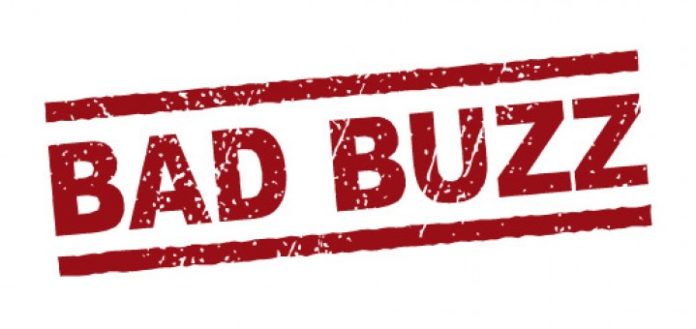

![6 Digital Tools at the Center of Healthcare Digitalization [INFOGRAPHIC]](http://ec2-54-175-84-28.compute-1.amazonaws.com/pharma-mkting.com/wp-content/uploads/2021/04/6DigitalTools_600px-218x150.jpg)
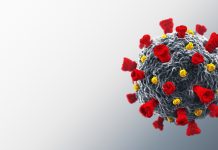
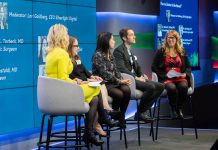


![6 Digital Tools at the Center of Healthcare Digitalization [INFOGRAPHIC]](http://ec2-54-175-84-28.compute-1.amazonaws.com/pharma-mkting.com/wp-content/uploads/2021/04/6DigitalTools_600px-100x70.jpg)



